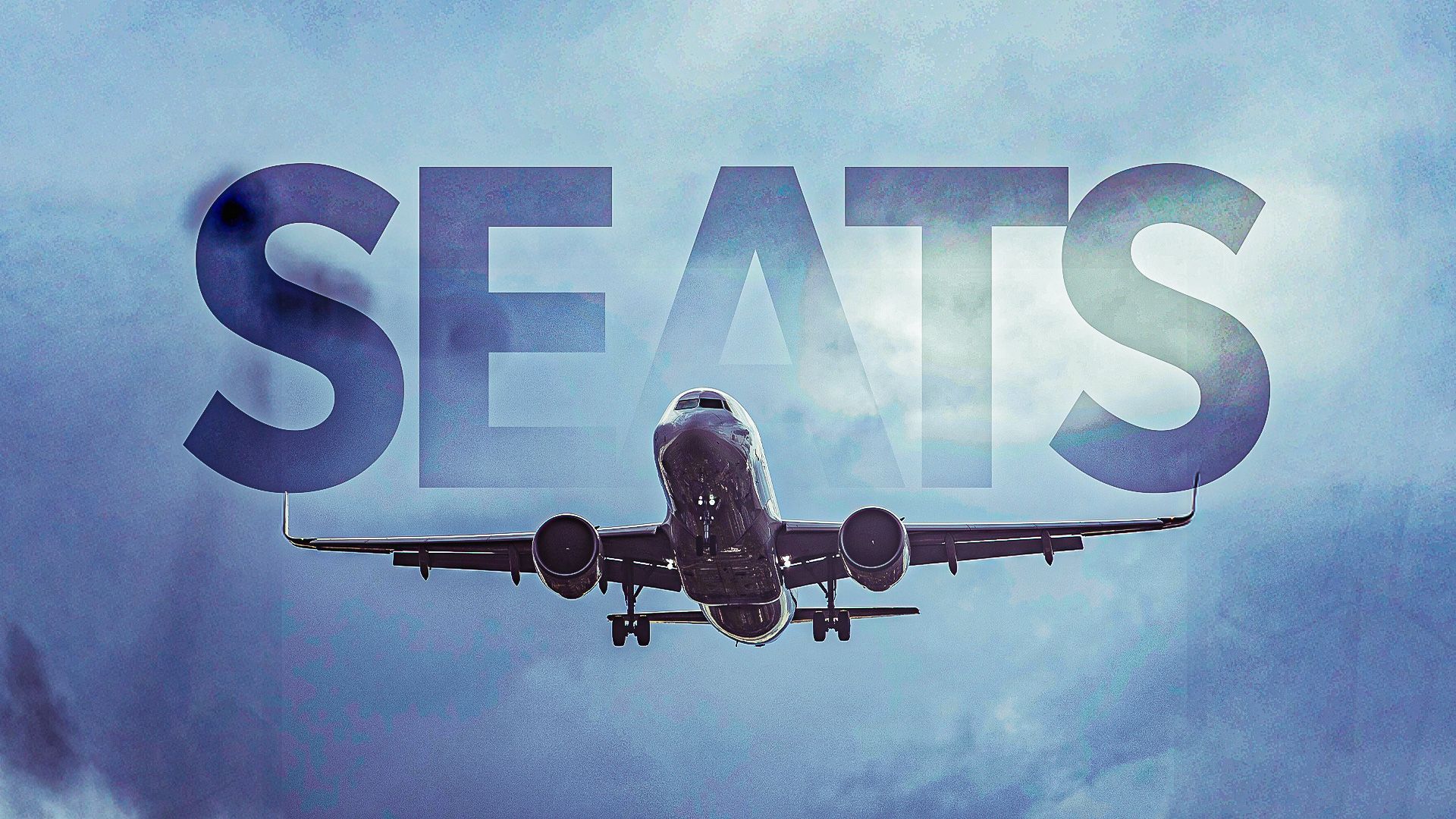World
American Airlines Maintains Dominance with 151.7 Million Seats in 2025

American Airlines has reaffirmed its status as the world’s largest airline by operating a remarkable total of 151.7 million seats during the summer season of 2025. This achievement highlights the airline’s extensive reach and capacity within the global aviation market, further underscoring its pivotal role in connecting passengers across domestic and international routes. Data from OAG, a leading aviation analytics platform, reveals that American Airlines significantly outpaced its closest competitors in terms of seat availability.
When analyzing the competitive landscape, American Airlines holds a substantial lead over other major U.S. carriers. Delta Air Lines follows with 136 million seats, while Southwest Airlines and United Airlines provide 132 million and 117 million seats, respectively. Collectively, these four airlines dominate the U.S. market, accounting for an impressive 74% of all available seats.
Overview of the U.S. Airline Market
The following table details the largest U.S. airlines based on the number of seats for summer 2025:
| Ranking | Carrier | Number of Seats |
|---|---|---|
| 1 | American Airlines | 151,000,000 |
| 2 | Delta Air Lines | 136,000,000 |
| 3 | Southwest Airlines | 132,000,000 |
| 4 | United Airlines | 117,000,000 |
| 5 | Alaska Airlines | 34,000,000 |
| 6 | Spirit Airlines | 24,000,000 |
| 7 | Frontier Airlines | 23,000,000 |
| 8 | JetBlue | 23,000,000 |
| 9 | Allegiant Air | 13,000,000 |
| 10 | Hawaiian Airlines | 8,000,000 |
American Airlines’ operational capacity is bolstered by its extensive network of ten hubs across the United States. These hubs include major airports like Charlotte Douglas International Airport (CLT), Chicago O’Hare International Airport (ORD), and Dallas/Fort Worth International Airport (DFW). This strategic positioning allows the airline to effectively serve both domestic and international markets.
Key Hubs and Operational Insights
American Airlines boasts a dominant market share at each of its ten hub airports, as shown in the following rankings:
| Ranking | Hub | Market Share |
|---|---|---|
| 1 | Charlotte Douglas International Airport (CLT) | 69% |
| 2 | Dallas/Fort Worth International Airport (DFW) | 66% |
| 3 | Miami International Airport (MIA) | 57% |
| 4 | Philadelphia International Airport (PHL) | 46% |
| 5 | Phoenix Sky Harbor International Airport (PHX) | 32% |
| 6 | Ronald Reagan Washington National Airport (DCA) | 28% |
| 7 | Chicago O’Hare International Airport (ORD) | 23% |
| 8 | LaGuardia Airport (LGA) | 22% |
| 9 | Los Angeles International Airport (LAX) | 15% |
| 10 | New York John F. Kennedy International Airport (JFK) | 13% |
At Los Angeles International Airport (LAX), American Airlines operates as the primary transpacific hub, focusing on both domestic and international operations. The airline primarily utilizes Terminal 4 and has recently initiated a $1.6 billion modernization project for Terminals 4 and 5, which aims to enhance facilities and customer experience.
In contrast, Miami International Airport (MIA) serves as American Airlines’ gateway to Latin America, connecting numerous destinations across the region. The airline commands a market share of approximately 57% at this hub and has made significant investments to improve facilities, including the introduction of a new Flagship lounge.
The busiest international routes from Miami in 2024 illustrate the airline’s strong presence in these markets, with a significant number of passengers traveling to destinations such as London Heathrow Airport (LHR) and Bogotá El Dorado International Airport (BOG).
American Airlines: A Legacy of Innovation
Founded in April 1926, American Airlines has evolved through numerous mergers and acquisitions, becoming a major player in the commercial aviation industry. The airline was the first to launch a frequent-flyer program and has consistently been at the forefront of technological advancements.
Today, American Airlines operates a fleet of over 1,000 aircraft, focusing on modernization through the introduction of newer models such as the Boeing 737 MAX series and Airbus A321XLR. Despite facing challenges such as significant debt and competition, American Airlines remains committed to enhancing its operational reliability and expanding its global network.
As the airline looks to the future, its strong foundation and strategic initiatives position it to maintain its status as the largest airline in the U.S. based on seat availability, provided it can navigate the evolving landscape of the aviation industry.
-

 Science3 months ago
Science3 months agoToyoake City Proposes Daily Two-Hour Smartphone Use Limit
-

 Health4 months ago
Health4 months agoB.C. Review Reveals Urgent Need for Rare-Disease Drug Reforms
-

 Top Stories4 months ago
Top Stories4 months agoPedestrian Fatally Injured in Esquimalt Collision on August 14
-

 Technology3 months ago
Technology3 months agoDark Adventure Game “Bye Sweet Carole” Set for October Release
-

 World3 months ago
World3 months agoJimmy Lai’s Defense Challenges Charges Under National Security Law
-

 Lifestyle3 months ago
Lifestyle3 months agoVictoria’s Pop-Up Shop Shines Light on B.C.’s Wolf Cull
-

 Technology3 months ago
Technology3 months agoKonami Revives Iconic Metal Gear Solid Delta Ahead of Release
-

 Technology3 months ago
Technology3 months agoApple Expands Self-Service Repair Program to Canada
-

 Technology3 months ago
Technology3 months agoSnapmaker U1 Color 3D Printer Redefines Speed and Sustainability
-

 Technology3 months ago
Technology3 months agoAION Folding Knife: Redefining EDC Design with Premium Materials
-

 Technology3 months ago
Technology3 months agoSolve Today’s Wordle Challenge: Hints and Answer for August 19
-

 Business3 months ago
Business3 months agoGordon Murray Automotive Unveils S1 LM and Le Mans GTR at Monterey









